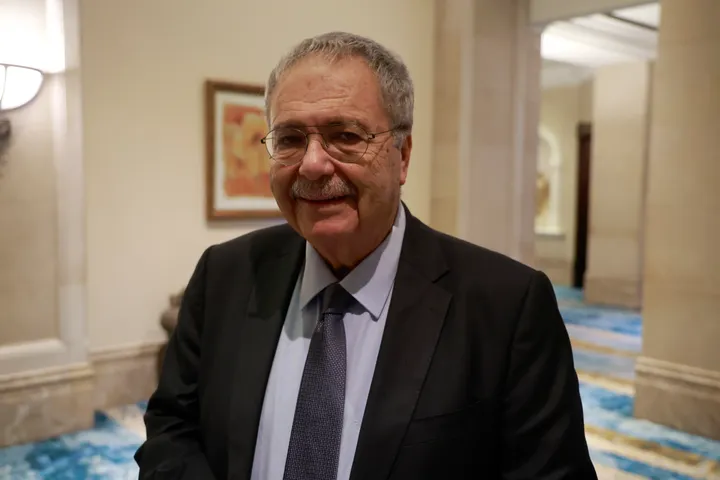September 26: The US Assistant Secretary of Defense Robert Karen laid out American objectives in Syria. They included, “securing the enduring defeat” of Daesh and al Qaeda and its affiliates, countering the “malign, destabilising influence” of Iran, which has been a long supporter of the Syrian regime, and finding a peaceful resolution to the conflict in a manner that protects US allies and partners in the region.
US forces aligned with the YPG, the Syrian affiliate of the PKK, in 2014 to fight against Daesh. The PKK is listed as a terror organisation in the US, Turkey and the EU.
December 19: “We have defeated ISIS [Daesh] in Syria, my only reason for being there during the Trump Presidency,” is how US President Donald Trump announced the decision to withdraw all - roughly 2,000 - US forces that have been stationed in Syria since 2014.
A US official told Reuters that Washington aimed to withdraw troops within 60 to 100 days and said the State Department was evacuating all its personnel in Syria within 24 hours. A second official said they could leave even sooner.
On the same day the Pentagon confirmed the decision, but with a note that seemed contradictory. “The campaign against ISIS is not over,” said the Pentagon spokeswoman Dana White, who later resigned from her post, in a brief statement issued a few hours after Trump’s announcement.
There were no comments about the continuing presence of Iran-backed militias in the country.
December 20: Although Trump announced that Daesh was “defeated” in Syria, a day later he defended his decision, saying that Russia, Iran, Syria and many others were not happy with the US withdrawal plan because they would have to “fight Daesh without the US”.
December 23: Trump said in a tweet that he had discussed US-Turkey coordination about the withdrawal of American forces from Syria with Turkish President Recep Tayyip Erdogan.
December 30: After a meeting with Trump, Senator Lindsey Graham said Washington would be “in a pause situation” in northern Syria, throwing the president's plan off-course and adding an extra layer complexity to his goal of complete withdrawal.
December 31: Trump said Daesh in Syria was “mostly gone” and the US was “slowly sending our troops back home” to be with their families. But he also said the US would fight Daesh remnants at the same time.
On the same day, Graham said in a tweet that the president would make sure any withdrawal from Syria would be done in a way to ensure that Daesh was “permanently destroyed,” Iran doesn’t fill in the back end, and US ally the YPG is protected.
The beginning of 2019 has only added to the confusion in the US administration.
January 1: US Secretary of State Mike Pompeo said a withdrawal from Syria didn’t affect US commitments to Israel, referring to Washington’s earlier promise to Israeli Prime Minister Benjamin Netanyahu about removing Iranian forces from Syria.
January 3: “Iran is pulling people out of Syria, but they can frankly do whatever they want there,” Trump said. His words created further confusion about whether he was defying comments made by his top aides or intending to state a fact.
January 2: “We’re getting out of Syria,” Trump repeated. But referring to the YPG militia in Syria he also said that the US had “asked them not to sell it to Iran”.
Trump said the US was not “thrilled about that” but he wanted to protect them either way, in a statement raising questions about whether the coordination with Turkey on the pullout was still ongoing.
January 3: Referring to the YPG in Syria, Pompeo said the US would make sure that Turkey’s operation against the YPG didn’t cause a humanitarian crisis.
January 6: Contradicting Trump, White House National Advisor John Bolton said pockets of Daesh remained undefeated in Syria and US forces wouldn’t leave until Daesh is defeated and the YPG militia is protected.
January 7: Trump defended his previous statements saying the US “will be leaving at a proper pace” while at the same time continuing to fight Daesh and “doing all else that is prudent and necessary”.
What Trump will say next is anyone's guess.
























